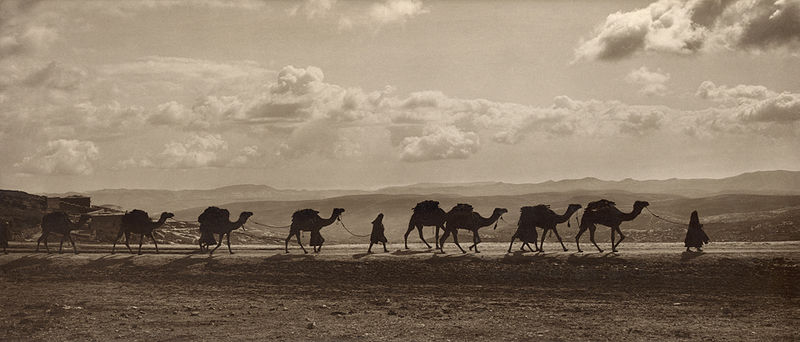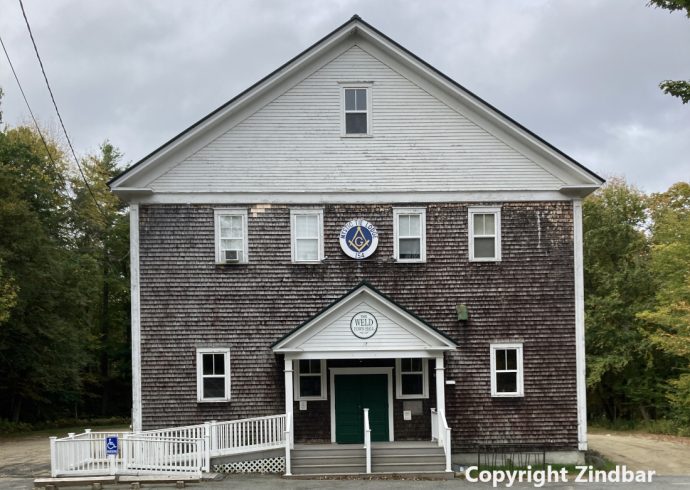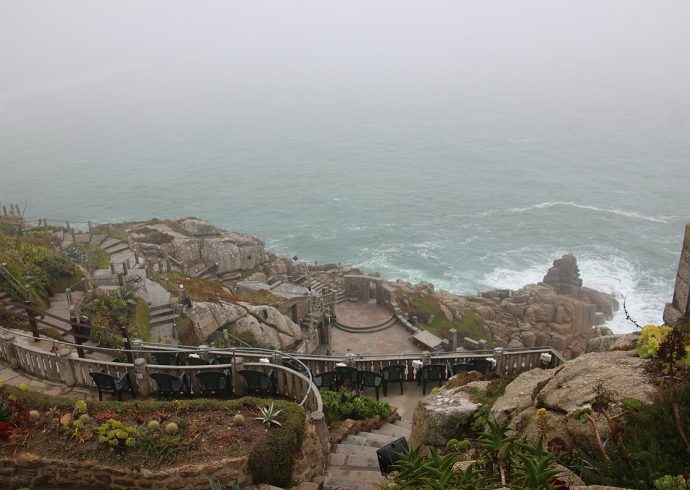
History of the U.S. Camel Corps
Did you know that at one time, the United States had a Camel Corps? It was during the nineteenth century when the government believed camels were well suited for the time and place, in the southwest part of the nation, to be pack animals and the most convenient form of travel. Even though camels at this time were not new in the region – approximately 40 million years ago, camels roamed through North America, as fossils in the Sonoran Desert have shown and are on display at the Arizona-Sonora Desert Museum in Tucson, Arizona. These ancient camels eventually became extinct in North America, although their ancestors, the llama, survived in South America.
The Camel Corps, started in the 1940’s when western explorers went to the United States government regarding funding for their experiment: of using camels instead of horses or mules, since they had a better stamina in hot, dry climates. An army major by the name of George H. Crossman initially proposed the idea to Congress, then a few years later, an army troop led by Major Henry Wayne successfully made the first run through the southwest, which was still undeveloped. Bactrian camels were imported from the Near East, where they live mainly in Iran, Pakistan, and Afghanistan. Bactrians have two humps, stockier, shorter bodies, as well as shorter legs, compared to the dromedary, or Arabian camel. In fact, the Avestan word for camel is “ushtra” – a word which appears in the name of the Persian prophet Zarathushtra. The short bodies and legs have developed through the evolutionary process, making it possible for them live in and traverse through the mountainous regions of the Near East.
Major Wayne received support from Mississippi senator Jefferson Davis. Davis would later become the president of the Confederate States but in the 1840’s, he
knew that Wayne’s idea would be successful. After all, if it worked for the French under Napoleon while in Egypt, why wouldn’t it also work in the American Southwest? With some help from army lieutenant Edward Fitzgerald Beale, fifty camels were imported, along with special camel drivers, and the United States army set off into the desert. It wasn’t long before other politicians recognized the camel as being a useful animal, not only in exploration, but also when fighting against Native American tribes. Leaders of the Camel Corps educated themselves on the habitat and diet of the camel, and when the camels arrived in Texas in the 1850’s, they were welcomed, dressed regally with red blankets over their humps. The locals were not sure what to make of this sight, except maybe to think they were there for a circus of some kind.
Camel routes were created, not unlike horse routs. Butterfield Route, named after John Butterfield, stretched from the Missouri River to San Francisco, a path quite easy for camels to walk upon. The camels still had their own drivers, since they can prove to be stubborn animals when the wrong person is handling them. Most of the handlers came from the Middle East. By 1961, however, the Civil War had begun and with Davis as president of the Confederate States, wound up inheriting the Camel Corps, since Texas came under his jurisdiction. The Camel Corps was put on hold during the war period and many of the camels were sold off at an auction.
In 1995 there was a Camel Corps revival in Texas, the first state where the camels were brought to become the first members of the Camel Corps back in the nineteenth century. This program is used to educate others in how the animals were used to navigate the terrain of the southwest part of the nation. The owner of the Corps, Doug Baum, has also lent the camels for use in the making of movies, Christmas time Gospel re-enactments of Jesus’ birth in Bethlehem with the visiting Magi, and camel rides to the public so that others can learn how these animals operate in the desert. Baum continues to do his part in preserving an important part of American history to those who are unaware of the one-time existence of the camel in American exploration of the west.
Image Credit: American Colony Jerusalem, Public domain, via Wikimedia Commons.


